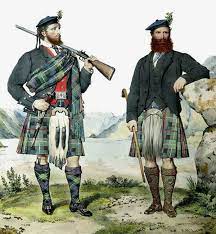The Anglo-Scottish Wars encompass the numerous battles and conflicts fought between the Kingdom of England and the Kingdom of Scotland from the early 14th to the late 16th century. Although the Wars of Independence formally ended in the 14th century, relations remained hostile, marked by English incursions and endemic cross-border conflict.

Flashpoints and Changing Hands
Control over key border strongholds frequently changed hands, most notably Roxburgh Castle (recaptured by Scots in 1460) and the port of Berwick-upon-Tweed (finally seized by the English in 1482). The 15th century saw a period of Scottish recovery, partly due to England’s civil conflict during the Wars of the Roses. Peace overtures early in the 16th century broke down with the accession of Henry VIII.

The Anglo-Scottish Wars: A History of Conflict
Key Battles and French Involvement
Major conflicts erupted as a result of Scotland’s commitment to the Auld Alliance with France, which often led them to invade England when the latter was preoccupied on the continent (e.g., during the Hundred Years’ War).
- Battle of Flodden (1513): King James IV of Scotland invaded England to support his French allies but was decisively defeated and killed, along with many nobles.
- Battle of Solway Moss (1542): King James V was defeated by the English shortly before his death.
- The Rough Wooing (1544–1550): Following James V’s death, Henry VIII launched brutal campaigns under the Earl of Hertford to force a marriage alliance between his son and the infant Mary, Queen of Scots.
- Battle of Pinkie Cleugh (1547): This was the last pitched battle between England and Scotland as independent states, resulting in a devastating Scottish loss.
French troops often intervened on Scottish soil to aid their allies, complicating the conflicts.
Resolution
The wars officially concluded with the Union of the Crowns in 1603, when James VI of Scotland inherited the English throne as James I, creating a personal union between the two kingdoms. Peace during the latter 16th century was largely secured by the expectation of this Protestant succession.
Discover more from WILLIAMS WRITINGS
Subscribe to get the latest posts sent to your email.




